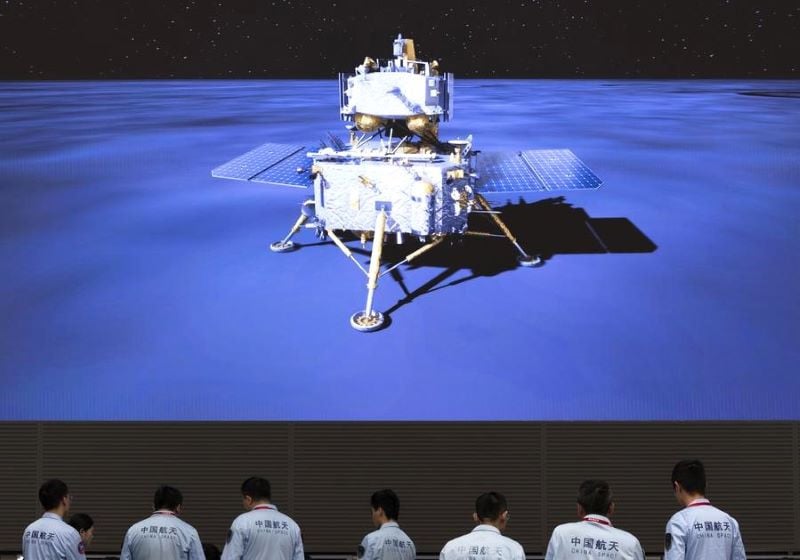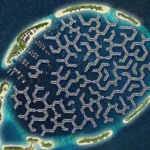The samples will thereafter be returned to another module orbiting the moon in a metal vacuum container by an ascender mounted atop the lander.
After that, the container will be moved inside a re-entry capsule, which is scheduled to return to Earth on June 25 somewhere in the Inner Mongolian deserts of China.
China is hoping that the mission would record the moon’s 4.5 billion-year history and offer fresh insights into the solar system’s origin.
According to the China Daily, the mission “involves many engineering innovations, high risks, and great difficulty.”
The Chang’e-6 lander’s payloads will function as intended and complete scientific exploratory missions.”
China is making its second trip to the far side of the moon, a region no other country has yet to explore.
Chang’e-4 was the first spacecraft to land on the far side of the moon in 2019.
Because the far side faces away from Earth, these missions are more challenging because a relay satellite is needed to maintain communications. There are fewer flat places to land in this area because it is more untamed and has deep craters.







